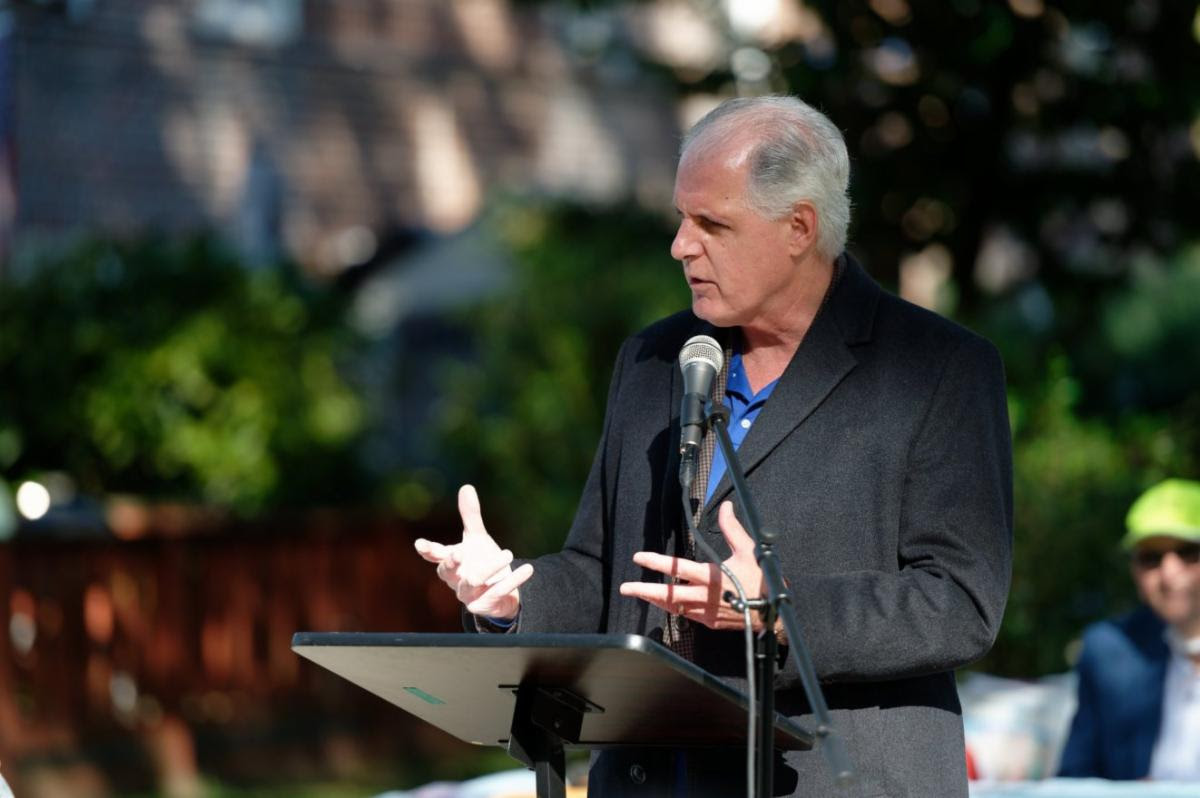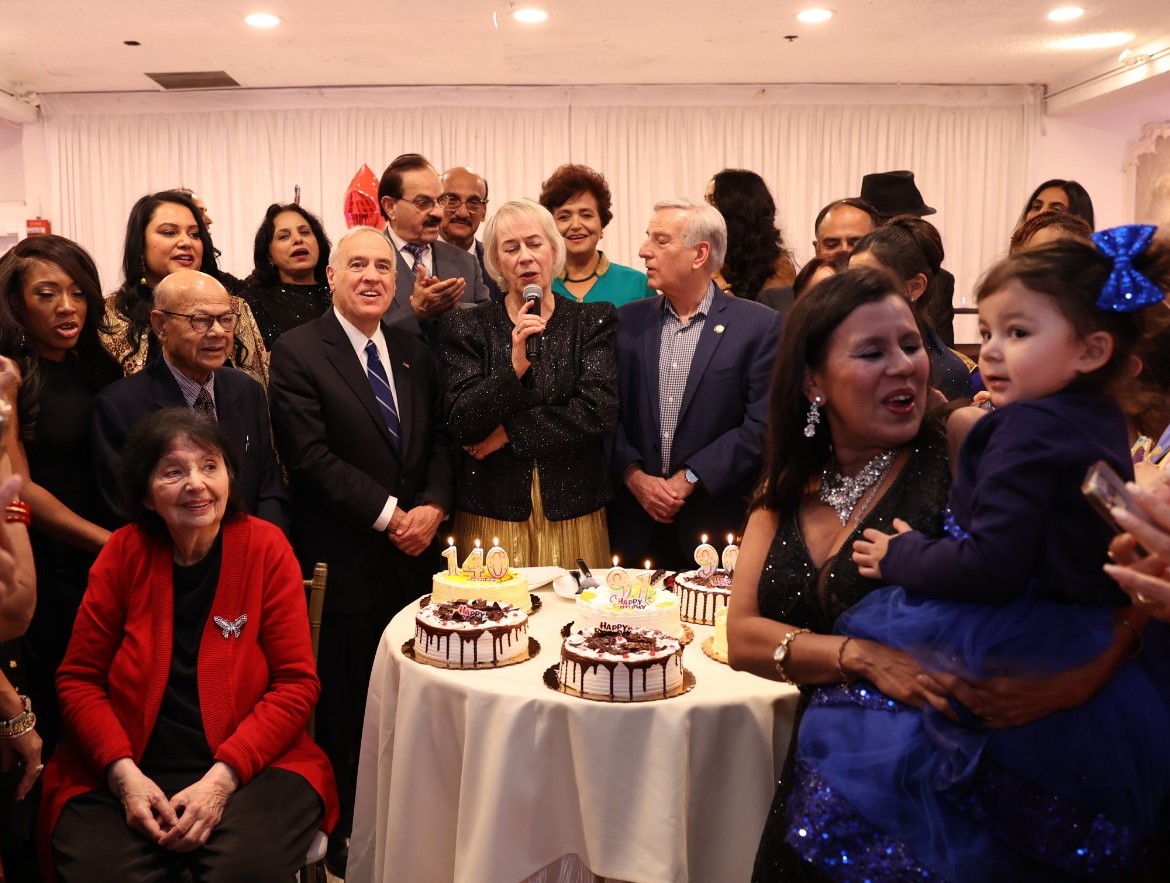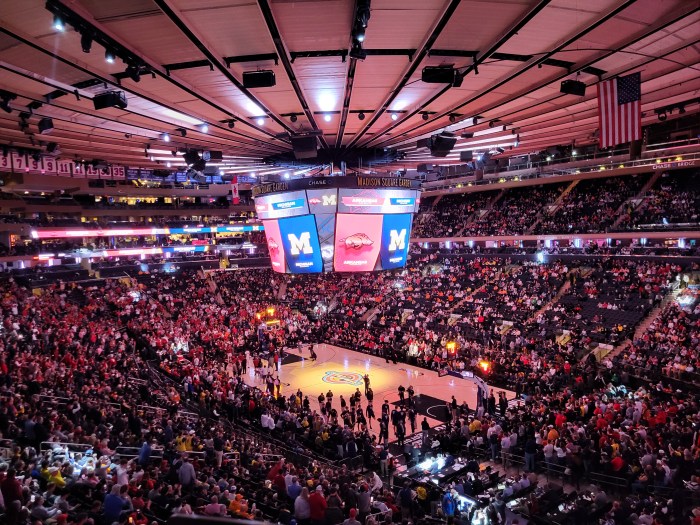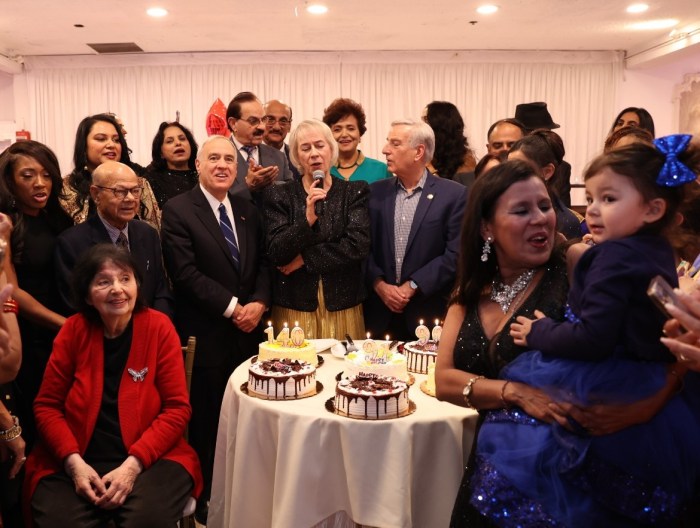New York City’s 12-page zoning code was first published in 1916. Amended 2,500 times by 1961, it is now a massive 1,300 pages, reflecting a century of struggle and strife between residents, businesses and developers, and preservationists.
“Mastering the Metropolis: New York and Zoning 1916 -2016” is the new exhibit at the Museum of the City of New York that shows — in photos, diagrams, maps, schematics, apocrypha and sculpture — how zoning laws and conflicts over monetizing the city’s perpetually scarce space have shaped not only the dynamic skyline of Manhattan, but the neighborhoods of all five boroughs.
“Zoning enshrines a unitary vision of what the city should be,” settling long-standing disputes, said Eric Goldwyn, associate curator of the exhibit and an urban planning expert. “There’s an alchemy to development in New York and it’s interesting to see how land use lawyers, architects and developers work to get outcomes that are not in line with vision of the zoning.”
Zoning laws first emerged because New York – the second largest city in the western world at the turn of the century – was facing an immigrant population explosion, pressures from developers to build ever higher (thanks to the invention of elevators the century before) and concerns that thoroughfares choked off from sunlight by the towering structures would breed pestilence and disease, Goldwyn explained.
The 1916 code provided for “set back skyscrapers” — buildings that become progressively narrower as they rise — to give the avenues and streets a fighting chance at light.
The new rules, widely copied by other American cities, brought us the dramatic ziggurat deco masterpieces such as The Chrysler Building and the Empire State Building, which, incidentally, was built with 300,000 less square feet than allowed under the regulations.
“Maximizing (the floor-to-area ratio) isn’t always the most economically efficient thing to do,” nor does doing so result in the most impressive architecture, noted Goldwyn, who added that the Empire State Building “is probably the most iconic building in the world.”
Other cities, including Chicago, Pittsburgh and Seattle, swiftly followed New York’s lead. “They wanted that New York style. They wanted that modernity,” said Goldwyn.
The 1961 Zoning Resolution overhauled the original document, dividing parts of the city by use — residential (creating the equivalent of suburbs in the boroughs), commercial and manufacturing. In part, the city sought to hold on to residents fleeing the city for the suburbs due to quality of life concerns, Goldwyn noted.
The exhibit also nods at recent zoning history: Mayor Michael Bloomberg’s administration rewrote the development rules for 40% of New York, between 2002 and 2013.
It also points out the low numbers of affordable housing units built under rules that merely encouraged their creation (fewer than 10,000 units in 30 years) that finally resulted in “Mandatory Inclusionary Housing.”
If you go:
Museum of the City of New York, 1220 Fifth Ave. and 103rd St., Manhattan
Exhibit runs now through April 23, 2017
Open daily, 10 a.m. to 6 p.m. Admission is $14 for adults, and $10 for seniors and students. People under the age of 20 are let in free.



































